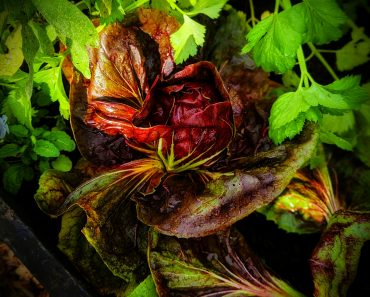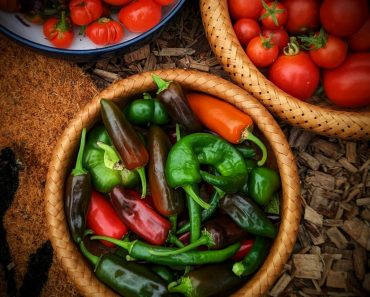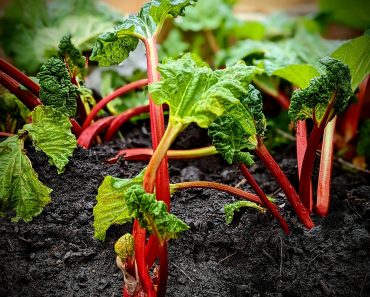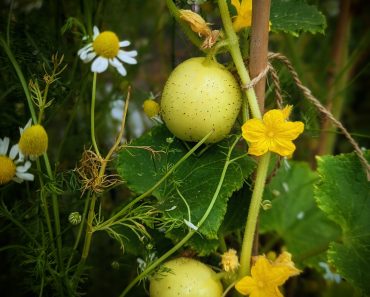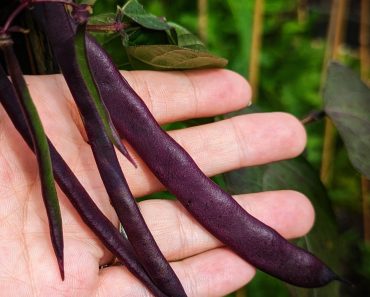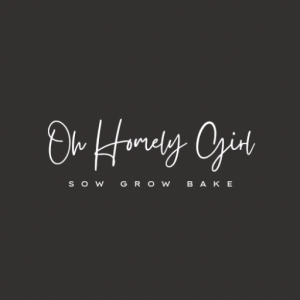Kale is a fuss free Easy to grow Vegetable that even beginner Gardeners can master. Not only is it good for you, but it’s attractive too! Curly Kale is my favourite! Here is how I sow and grow it…
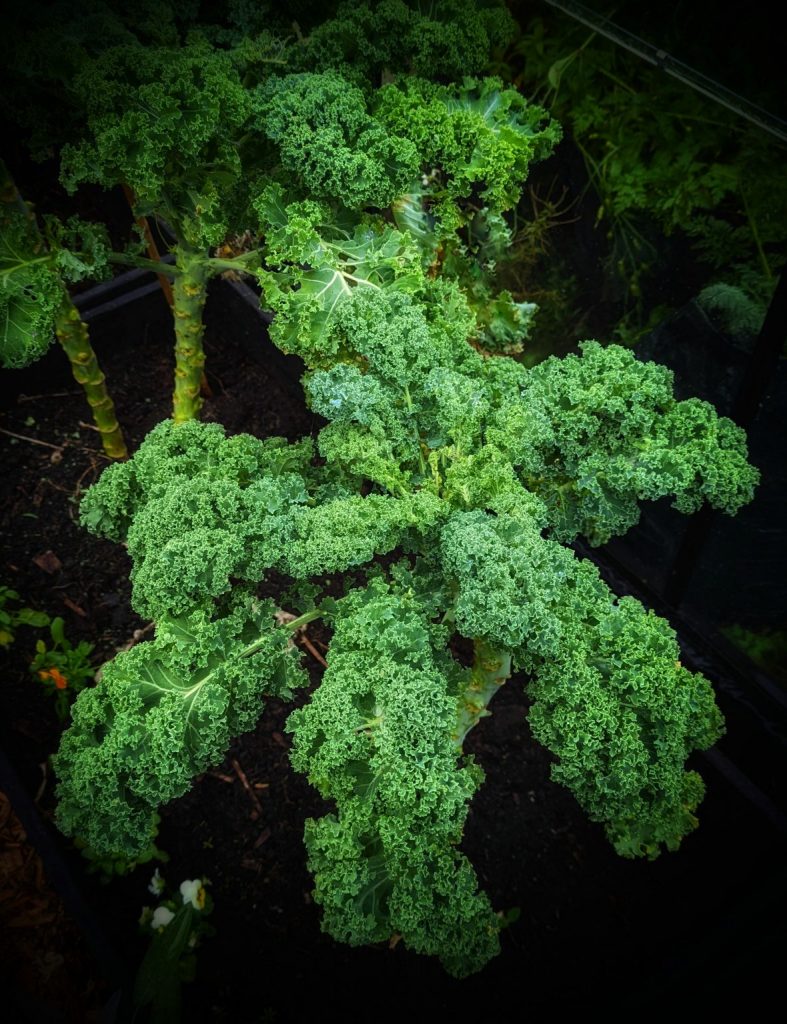
This post may contain affiliate links. Please see my disclosure policy
The Health Benefits of Kale
Kale a leafy green that you can eat raw or cooked, has become more popular in recent years due to its superfood status! Loaded with Vitamins and Minerals, its a fabulous source of plant based calcium for teeth and bones, Potassium for heart health, it even has cancer protective properties. All in all its a veggie you want on your plate! Easy to grow, a wonderful cut and come again crop. These are the seeds I used
Curly Kale
My favourite is Curly Kale, the leaves have a strong, earthy, slightly peppery flavour and those ruffled edges bake beautifully in my Crispy Kale recipe. Kale is from the brassica family, I regard it as a cabbage that doesn’t grow a head! It thrives in cooler temperatures and is simply beautiful to look at!
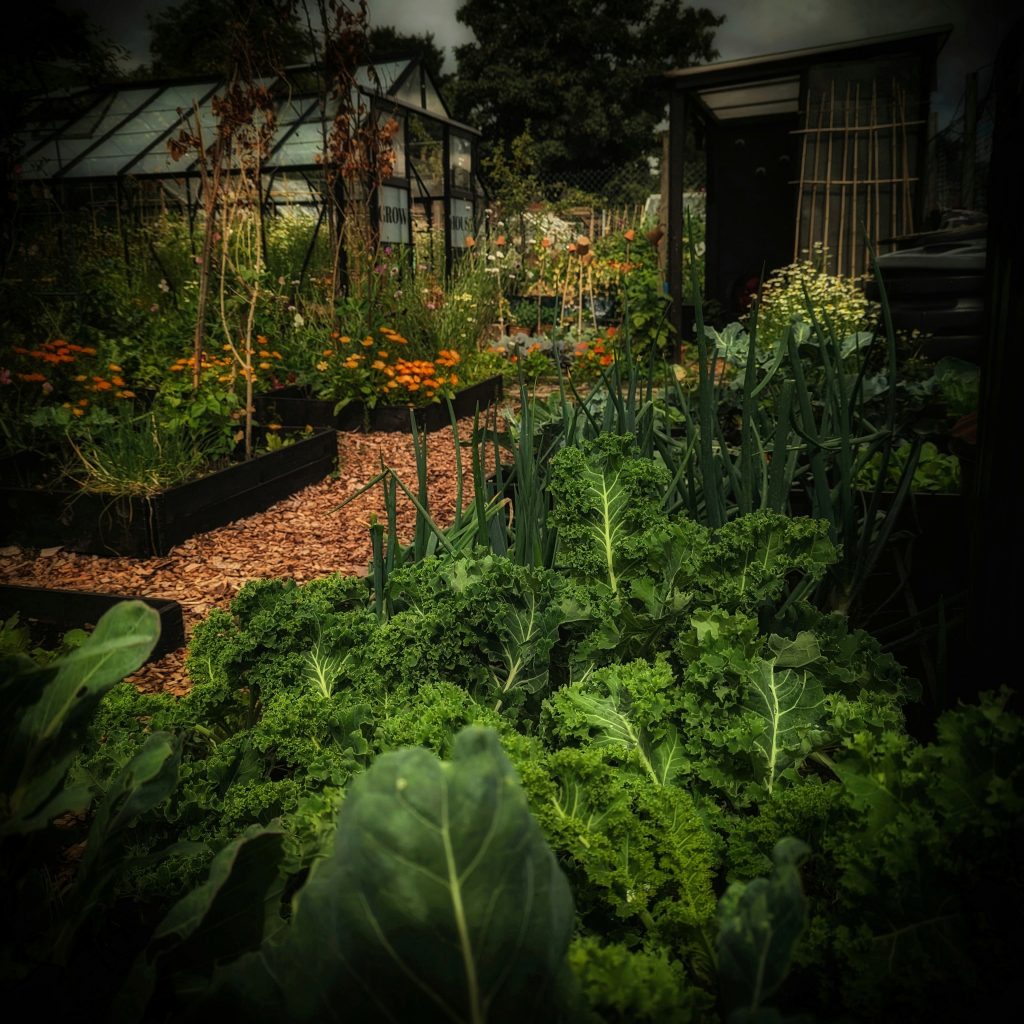
Sowing Kale seeds
Sow Kale Seeds February-June in modules indoors, or outdoors in warmer temperatures
- Sow In Trays or Modules around 1 cm deep in damp compost
- place on a sunny windowsill to germinate
- Prick out and pot on when the seedlings are large enough to handle
- Plant out in a sunny spot once all risk of frost has passed- *Be sure to Harden off indoor raised seedlings first
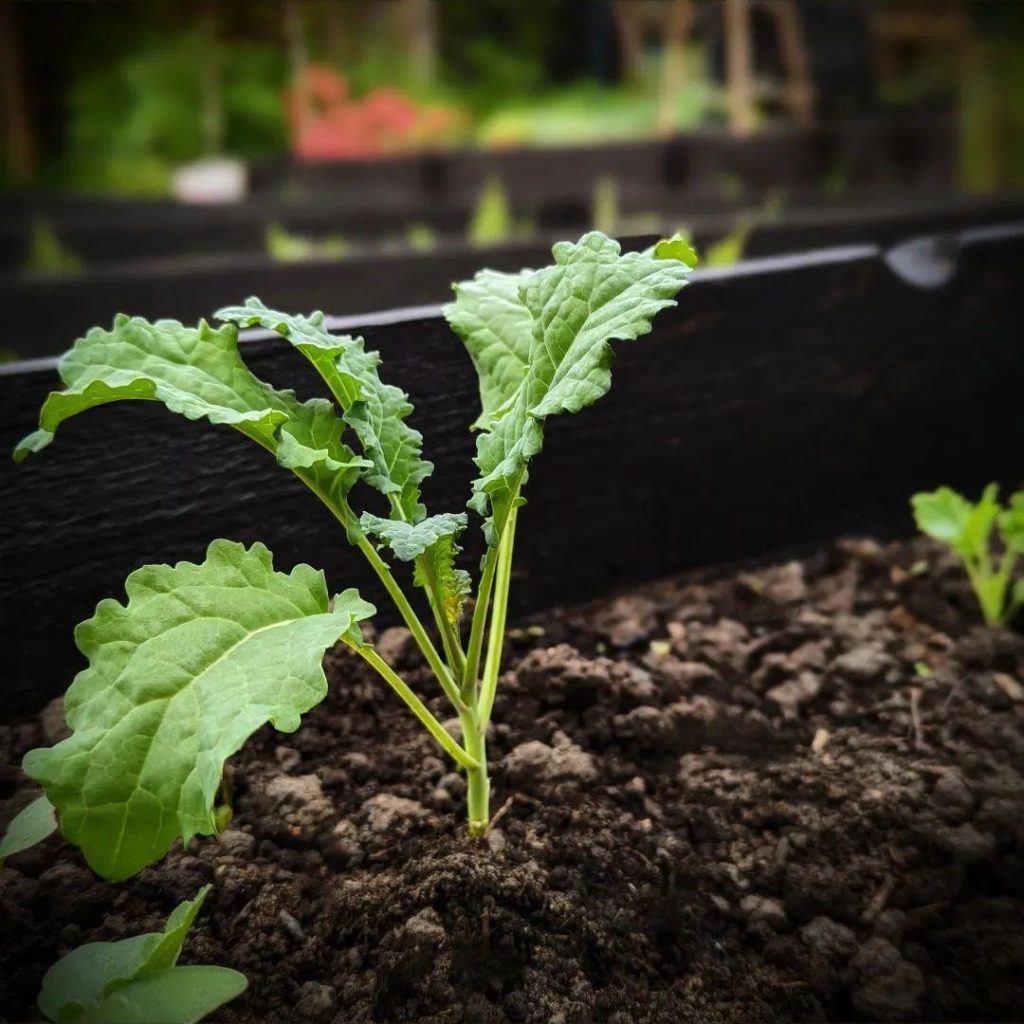
What Does Hardening Off Mean?
Plants raised indoors or in a greenhouse environment, need to be acclimatised to cooler temperatures and increased air movement for about two to three weeks before they are planted outdoors permanently. This is a ‘toughening up’ practice to prepare the plants for their new environment.
How to Harden Off
Place your plants out for a couple of hours in a shady part of the garden. The next day, leave them out again for two hours, but this time allow the plants an hour of direct sunshine in the morning. Gradually continue to increase the length of time the plants are in direct sunshine over the course of roughly two weeks.
How to care for Kale
Give them a sunny spot, although Kale is a very hardy plant and will withstand frosts with ease, a sunny position will encourage a stronger, more robust growth to carry it through the winter months. When planting, throw some good quality compost in the hole too, and maybe treat them to some organic fertiliser.
When to harvest Kale
Curly Kale is ready to be picked once the leaves are the size of your hand. Young kale leaves are delicious in salads, but the most flavoursome leaves are those picked after a frost. Ironic isn’t it? I spend so much of my time protecting my crops from frost, this one requires it!
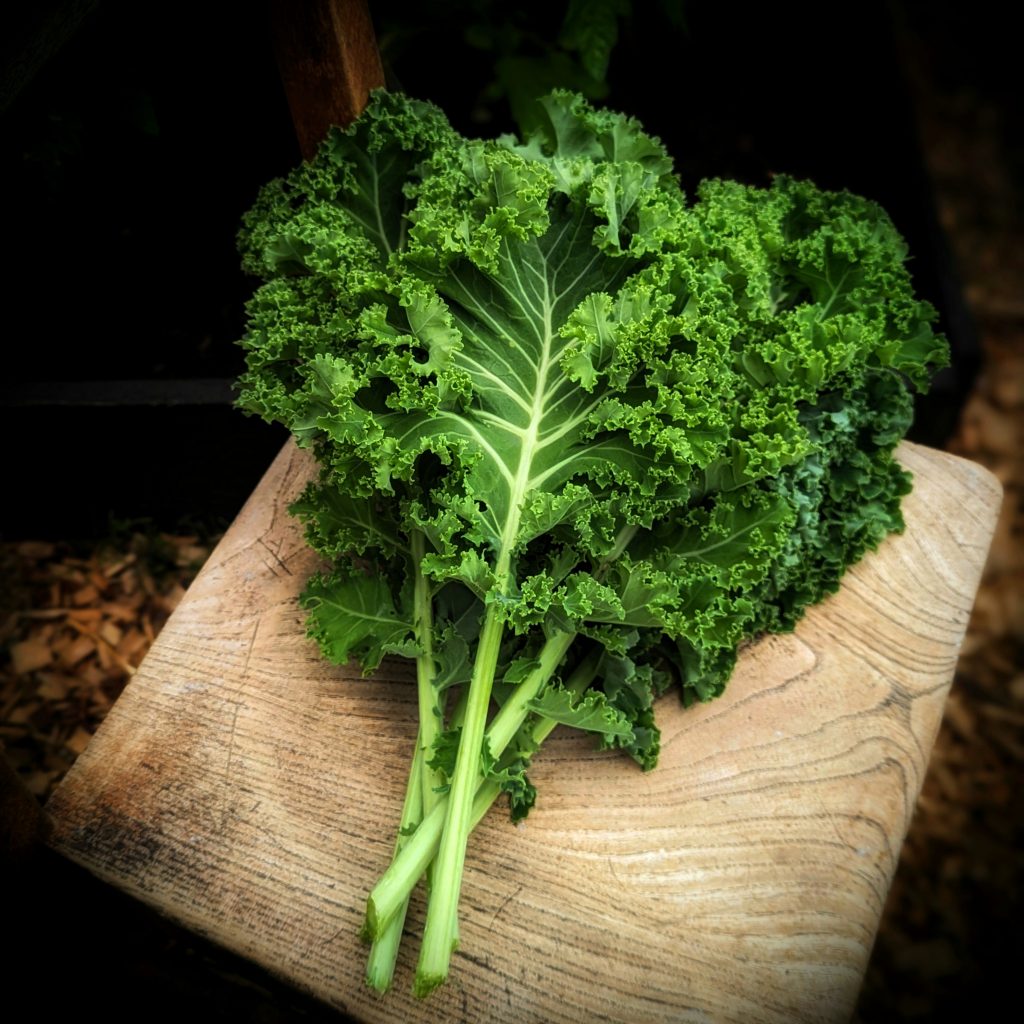
Want To Grow A Vegetable Garden?
Have a look at my DIY Greenhouse , DIY Potting shelter and Potting Shed and have a gander at these ‘How To’ Veggie Posts…
Looking For more ‘Homely’ Inspo ?
Have a Nosey Around the Blog! See what i’ve been Baking, Growing and Drinking! Also, pop over and say Hi on Instagram
*Any specific health claim or nutritional claims or information provided on the Website are for informational purposes only. Nothing on the Website is offered or intended to be a substitute for professional medical, health, or nutritional advice, diagnosis, or treatment. This Website is not intended to diagnose, treat, cure or prevent any disease. You assume full responsibility for consulting a qualified health professional regarding health conditions or concerns.

